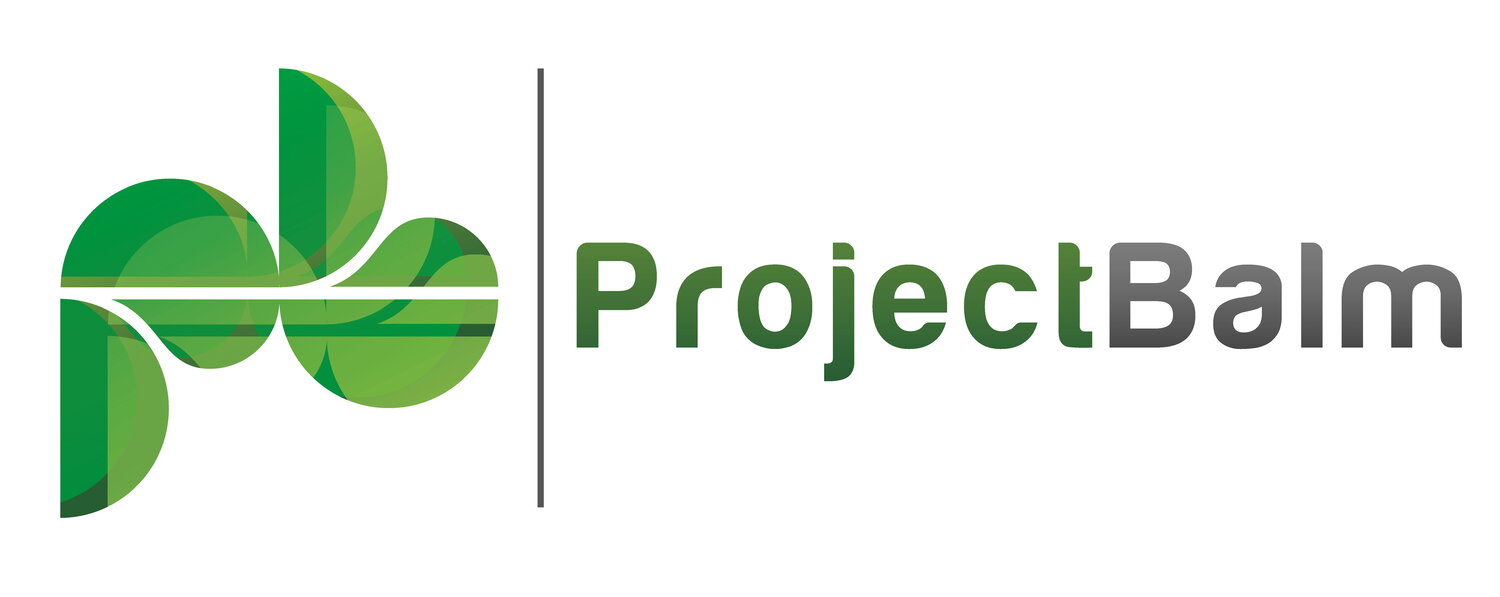Identifying Risks using the Past, Present, and Future
Success in project management is deeply rooted in the ability to identify risks, and expert practitioners have developed various techniques to accomplish this systematically. We can categorize these techniques into past, present, and future perspectives, with each category offering a unique lens through which risks can be recognized and assessed.
Historical Techniques: Learning from the Past
These techniques involve meticulously reviewing past events, identifying risks by comparing them to the current context. These methods are rooted in the belief that history often repeats itself, and thus, past risks can reemerge under similar circumstances. Examples include the examination of risk retrospectives, the use of risk templates, and risk checklists.
Analytical Techniques: Understanding the Present
These techniques require an in-depth analysis of the current situation, utilizing specific frameworks and models to scrutinize existing conditions. They are valuable because they rely on real-time data and observations, allowing for a more immediate and relevant risk assessment. Examples include SWOT analysis, FMEA (Failure Mode and Effects Analysis), and PESTLE analysis (Political, Economic, Social, Technological, Legal, Environmental).
Creative Techniques: Anticipating the Future
Looking ahead demands a different skill set. These techniques encourage innovative and imaginative thinking to predict and prepare for the unknown. They often involve brainstorming and other creative processes, where stakeholders project future scenarios and identify potential risks. Examples include futures thinking, reverse brainstorming, and various lateral thinking methods.
Each set of techniques has its strengths and weaknesses. Historical reviews are limited by the relevance and similarity of past experiences to current situations. Current assessments are constrained by the quality and depth of the analysis. Creative techniques depend heavily on the participant's ability to think abstractly and predict future trends. A multifaceted approach, encompassing all types of techniques, ensures more holistic risk identification, enabling businesses to better navigate the uncertain waters of risk and steer toward success.
Reference. Hillson, D. (2006) Risk Doctor Briefing Note #27: Three tenses of risk identification. [PDF] Risk Doctor. Available at: https://risk-doctor.com/briefings/
Risk Register by ProjectBalm is a cost-effective tool that helps you record and manage your risks.
